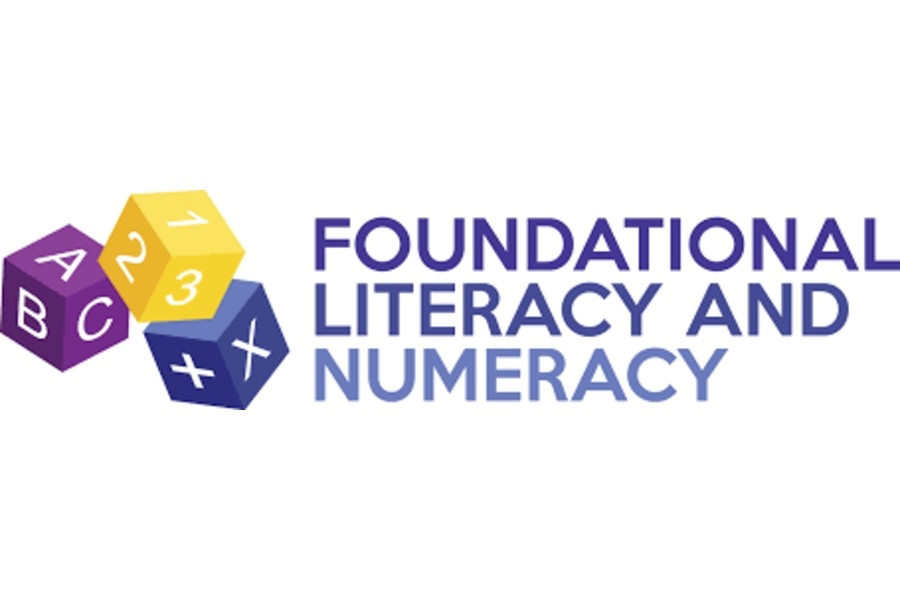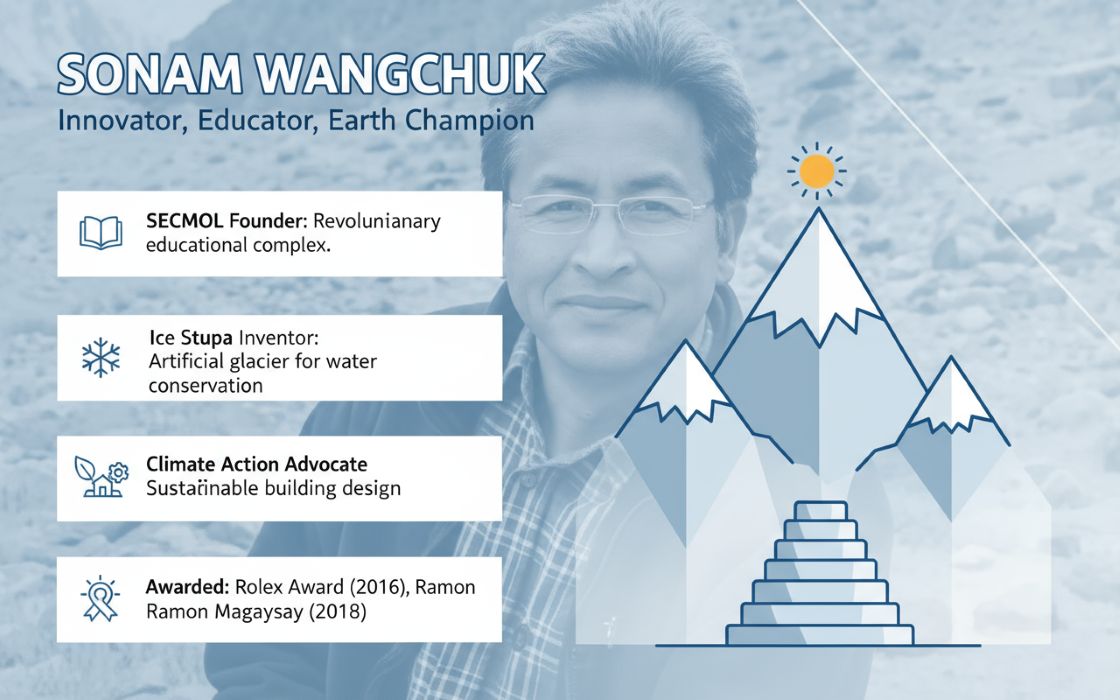The philanthropic relationship between the United States and India has evolved significantly over the years, with Indian-Americans playing an increasingly vital role in strengthening these ties. Once dominated by large American institutions, U.S.-India philanthropy is now being shaped by a new generation of Indian-American donors and changemakers. As this community has grown in size and economic influence, so too has its commitment to giving back—both in India and the United States.
In this insightful piece, Alex Counts, Executive Director of the India Philanthropy Alliance, explores how Indian-Americans are redefining philanthropy through innovative partnerships, community-driven initiatives, and a growing culture of generosity. From mobilizing critical resources during India’s COVID-19 crisis to pioneering models that integrate nonprofit efforts with government programs, Indian-American philanthropy is making a profound impact.
Counts highlights the evolving nature of these contributions, the lessons learned, and the road ahead for deepening philanthropic engagement between the two nations. This article offers a compelling look at how a community’s giving spirit is shaping the future of global philanthropy.
The Deepening of U.S.-India Philanthropic Ties
As the Indian-American community has grown from its tiny origins in the early 1960s to a thriving 5 million strong collective today, it has been increasingly making its presence felt in a number of important fields. Noteworthy among them are medicine, academia, hotel management, technology, finance, and more recently, politics. As its collective wealth has increased due to entrepreneurship and an admirable work ethic, the community has acquired assets in the U.S. and India, ensured top notch educations for their children, and sent billions of dollars back to India in the form of remittances. All of this has been well documented.
A newer and less recognized phenomenon has been the growing involvement of Indian-Americans in philanthropy. Until fairly recently, U.S.-India philanthropic ties were dominated by large American institutions—such as the Gates, Ford, Dell, and John D. and Catherine T. MacArthur Foundations and the Omidyar Network—establishing giving arms in India. But now, Indian-Americans themselves are coming to dominate the landscape.
An important 2018 study by Dalberg and Indiaspora showed that Indian-Americans volunteer their time for U.S. nonprofits at nearly double the rate of average Americans. This clearly indicates that philanthropy has become a vital part of the Indian-American community's traditions. While donating money has lagged somewhat, that type of charitable engagement took a quantum leap forward during the 2021 COVID second wave in India.
Indeed, once the scale of that public health disaster became apparent, Indian-Americans and other people and companies of goodwill sprang into action by mobilizingtens of millions of dollars in funding, sourcingthousands of oxygen concentrators, and even building hospitals at a lightning pace. As a result, manylives were saved and India's public health system became more resilient. Another byproduct was the deepened philanthropic ties between the two countries, as prosperous members of the diaspora saw the impact of their individual and collective actions in support of respected and capable nonprofits.
One of the areas where American philanthropy to India has excelled is in creatively partnering with public sector institutions, particularly at the state and district levels in India. Nonprofits fueled by Indian-American philanthropy have piloted social impact and environmental preservation models with the intention of having government scale them once proof-of-concept is achieved. In this way, donor dollars are stretched and far more people and ecosystems are impacted than if charities limited themselves to what they could implement alone. Drawing on these experiences, leading American nonprofits working in India wrote a detailed article distilling essential lessons learned for successfully working with government.
This model of philanthropic partnership echoes the mantra repeated many times at Indiaspora's recent Forum for Good in Abu Dhabi: "American innovates, China replicates, Europe regulates, and India collaborates." This adage is also true in other respects. For instance, in 2018, 11 of America's leading Indian nonprofits formed the India Philanthropy Alliance. Today, its board is populated by leaders of 21 of the most respected U.S. charities operating in India. In 2023, IPA broke through the scarcity mentality that dominates the charitable sector and established a new tradition to collectively raise funds for dozens of effective organizations: India Giving Day. IPA also has been collectively running a Youth Essay Competition since 2020 as a way of inculcating philanthropic values into second and third-generation diaspora members.
Increasingly, Indian-Americans have also heeded the iconic angel investor and philanthropist M. R. Rangaswami's call to "give where you live." In response, they have become prolific donors to higher education not only in India, but even more to universities in the United States. To take another example, Hunger Mitao, founded by an Indian-American, has been active fighting food insecurity in America since its founding in 2017. More recently, Boys Who Write was established byIndian-American entrepreneur Shaila Kapoor to address the crises impacting American boys—who shockingly make up only 40% of incoming college freshmen in the United States.
As one would expect, Indian Americans are mastering the discipline of philanthropy, as they have done in other fields, through practice and study. Recently, they published six essential success strategies for effective giving, which Phil Buchanan, the president of the Center for Effective Philanthropy and a noted thought leader, called an "incredibly thoughtful statement." Leading Indian-American donors have emphasized that generous givers are happier, healthier, and more successful than those who give less, or not at all—an insight which is spurring greater awareness of the many benefits of charitable engagement.
Even as American philanthropy to India has grown in scope and sophistication, Indian philanthropy, including and especially government mandated Corporate Social Responsibility funding, has become a noteworthy force for good. American donations are increasingly being focused on areas that are typically neglected by corporate donors, ensuring a high degree of synergy between the two sources of philanthropic capital.
Of course, the philanthropic impulse is not entirely new to the Indian subcontinent or to Indian-Americans. Far from it. The concepts of seva and zakat have long histories in South Asia and in its 30 million strong global diaspora. Nobel Peace Prize laureate Muhammad Yunus has inspired a generation of South Asians with his models of microcredit and "social business," while Mahatma Gandhi's spirit of selflessness was captured beautifully in one of his famous sayings: "The best way to find yourself is to lose yourself in the service of others.”
In fact, what has happened in recent decades is that the timeless Indian traditions of charity have been modernized and institutionalized. This in turn is leading to more positive societal impact and greater donor satisfaction. And these trends show no signs of slowing down in the decade ahead.
Alex Counts is the Executive Director of the India Philanthropy Alliance, the author of four books, including his acclaimed midlife memoir Changing the World Without Losing Your Mind. He is also an adjunct professor at the Johns Hopkins University’s School of Advanced International Studies (SAIS). Previously, he established Grameen Foundation in 1997 and served as its CEO for 18 years.
Indian-Americans are encouraged to complete a new Dalberg/Indiaspora/IPA study of Indian-American philanthropy by clicking here.



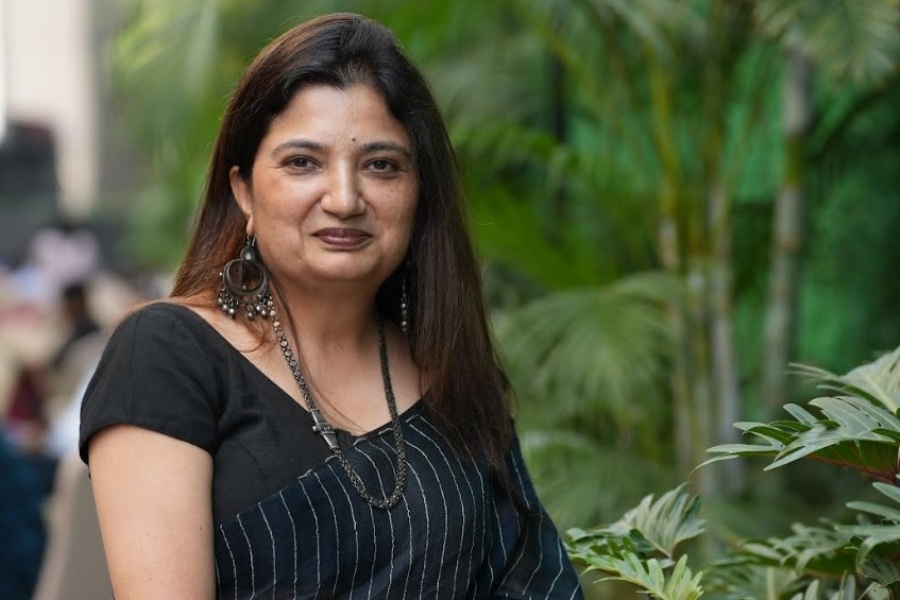
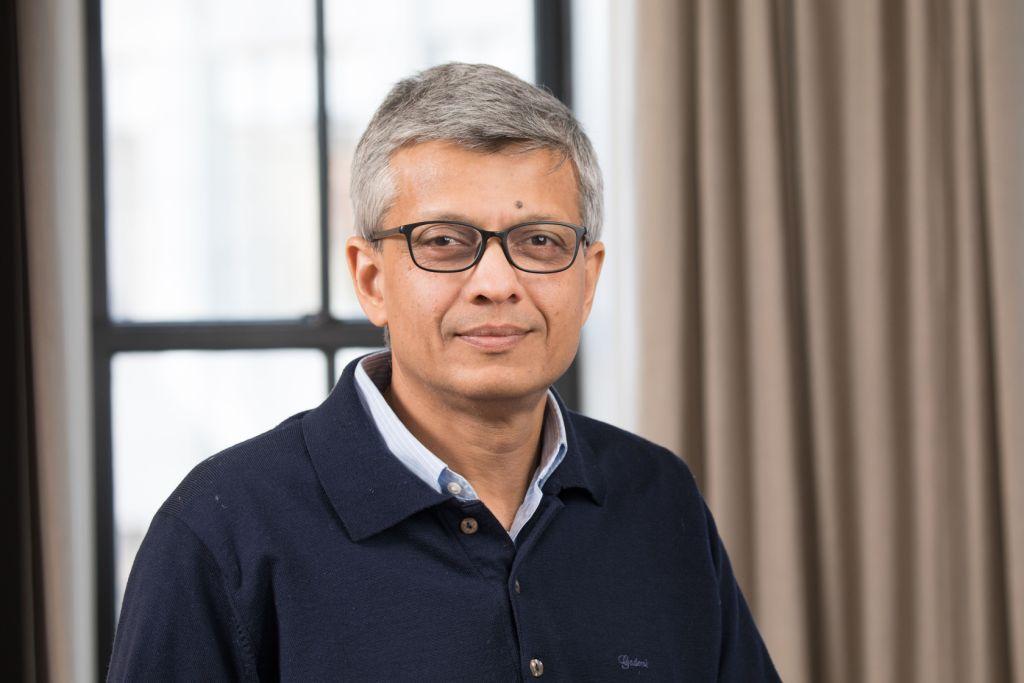
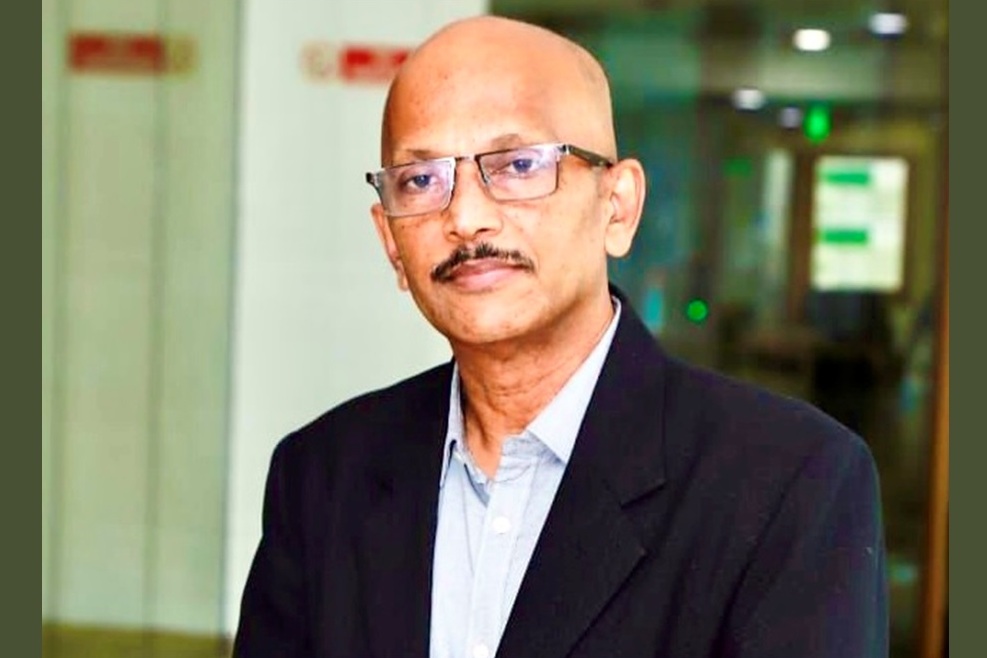
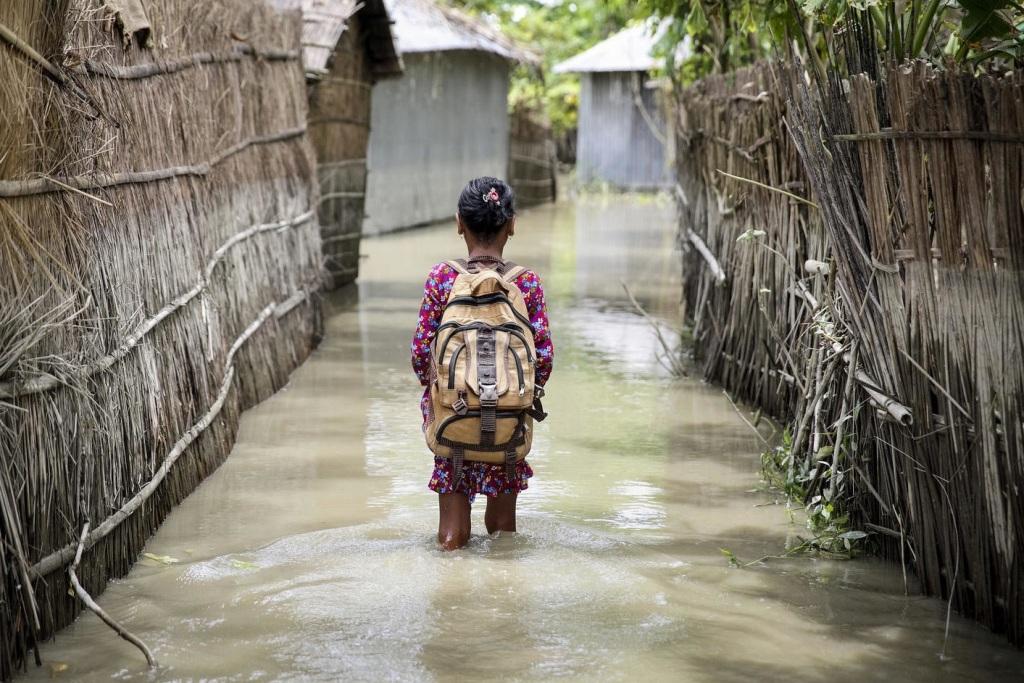

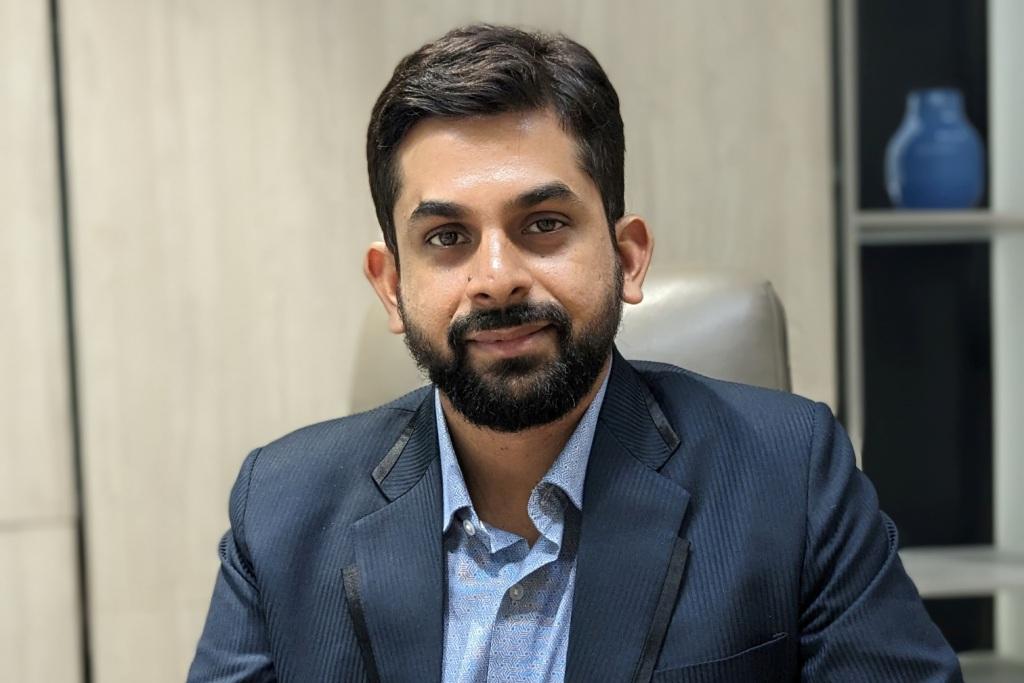
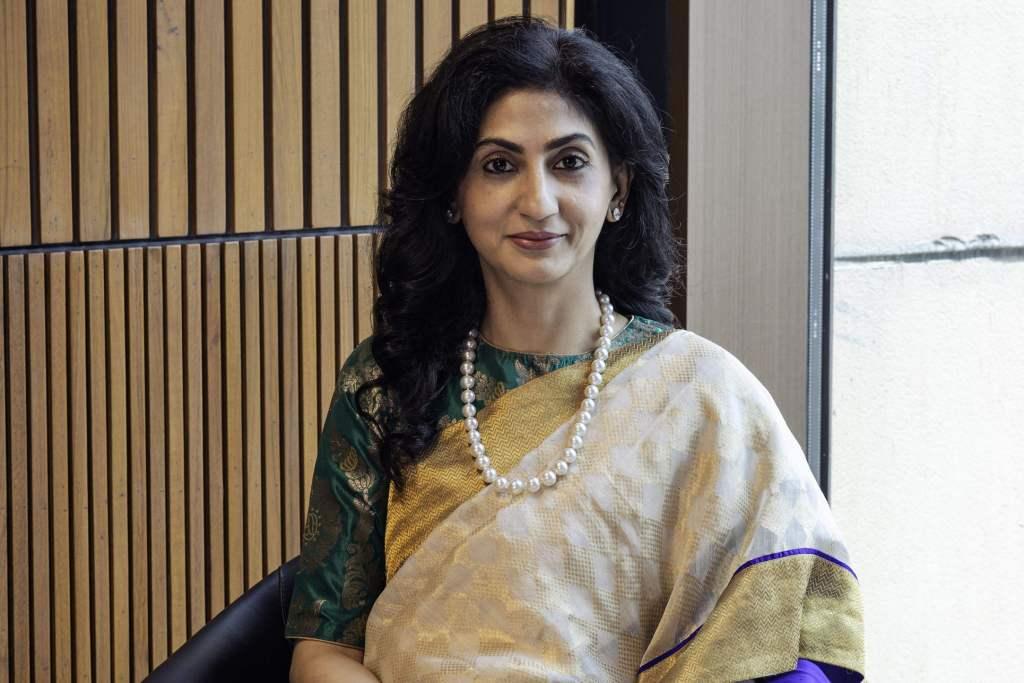



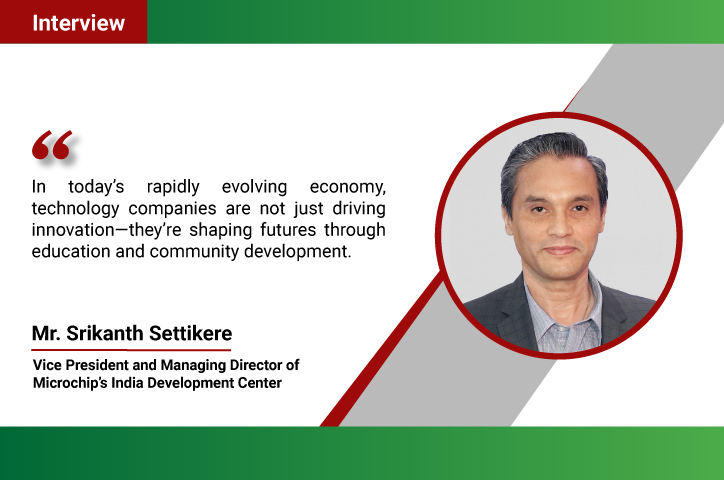

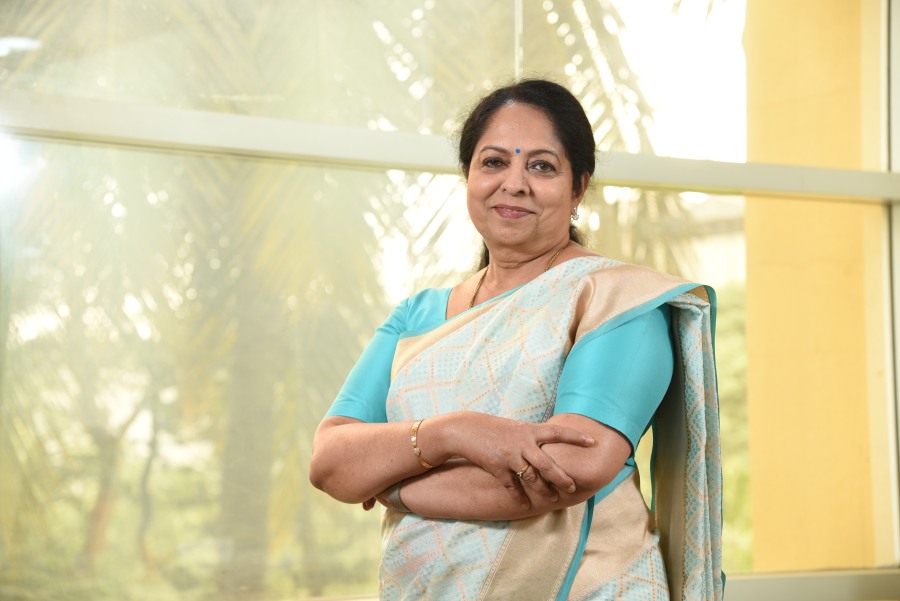
.jpg)
